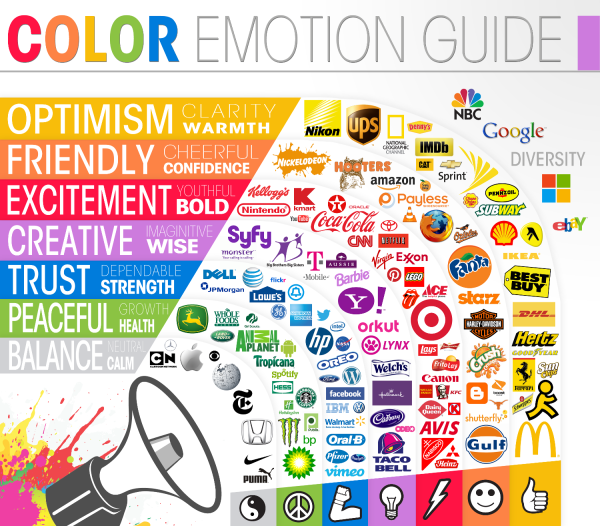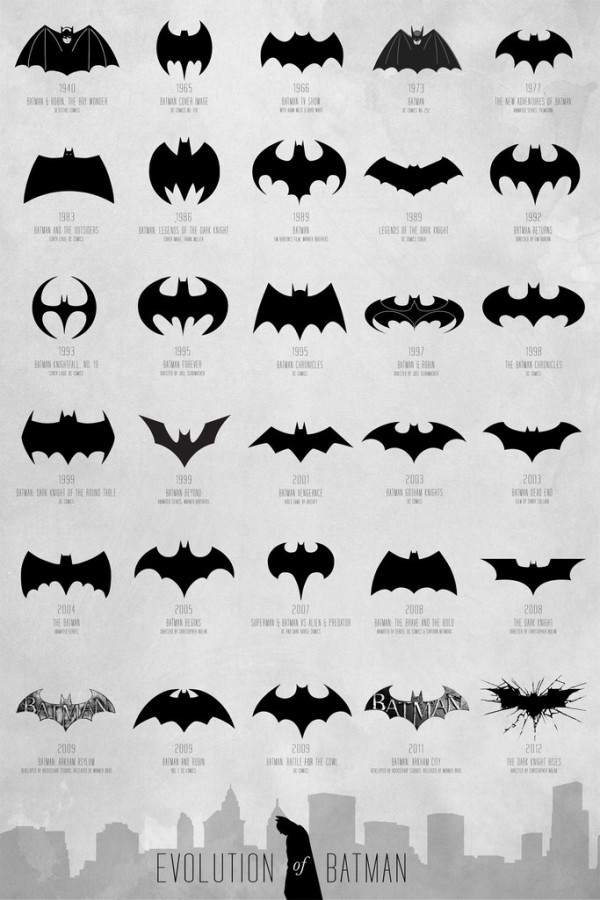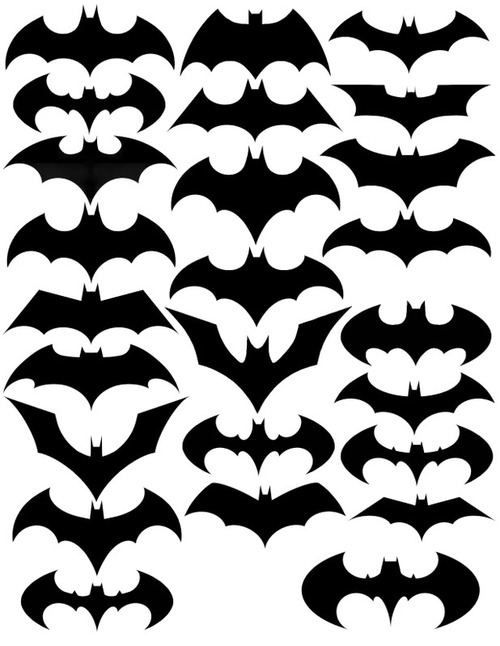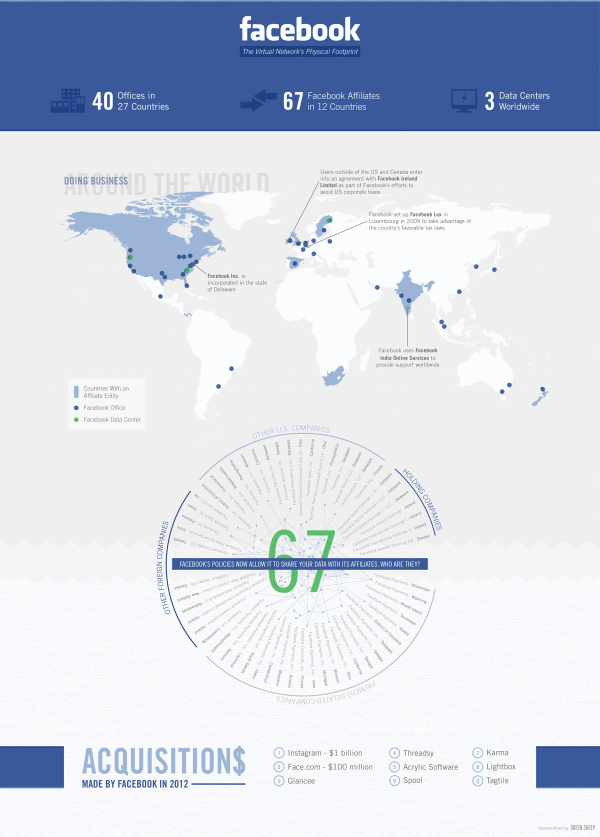40 Facts About the Psychology of Color
Color has always been a determining factor in a consumer's decision to buy a product. But with today's online shopping market, color decision is even more important than ever. It takes a consumer 90 seconds to make a product assessment and Marketing Profs says that 62%-90% of this judgment is based on product color alone! The 40 Facts About How the Psychology of Color Can Boost Your Website Conversions infographic outlines popular uses for the colors as well as some of the brands that use them. They have also included popular colors for specific shoppers like impulse buyers.
The infographic breaks down the rainbow and explains emotions associated with each hue, as well as in which industries each color is popular, and in which industries each color is not recommended.
For example, white and silver signify perfection, and you can see that in brands like Apple and Ralph Lauren, but many food brands—which prefer characteristics such as energy or excitement—opt for brighter colors.
Furthermore, certain colors speak to the psychology of certain types of buyers, according to the infographic. For example, navy blue and teal are often used to target budget shoppers, whereas pink, rose, and sky blue speak to traditional clothing buyers.
Notice how some of the statistics are visualized and others are just shown in text alone. The non-visualized data is perceived as secondary information or footnotes to the more prominent visualized data.
I also think they overuse the Radial Bar Chart style of visualizing data. I'm not a big fan of these since they are harder for readers to understand the comparisons.
Found on https://www.marketingprofs.com









 Randy
Randy









